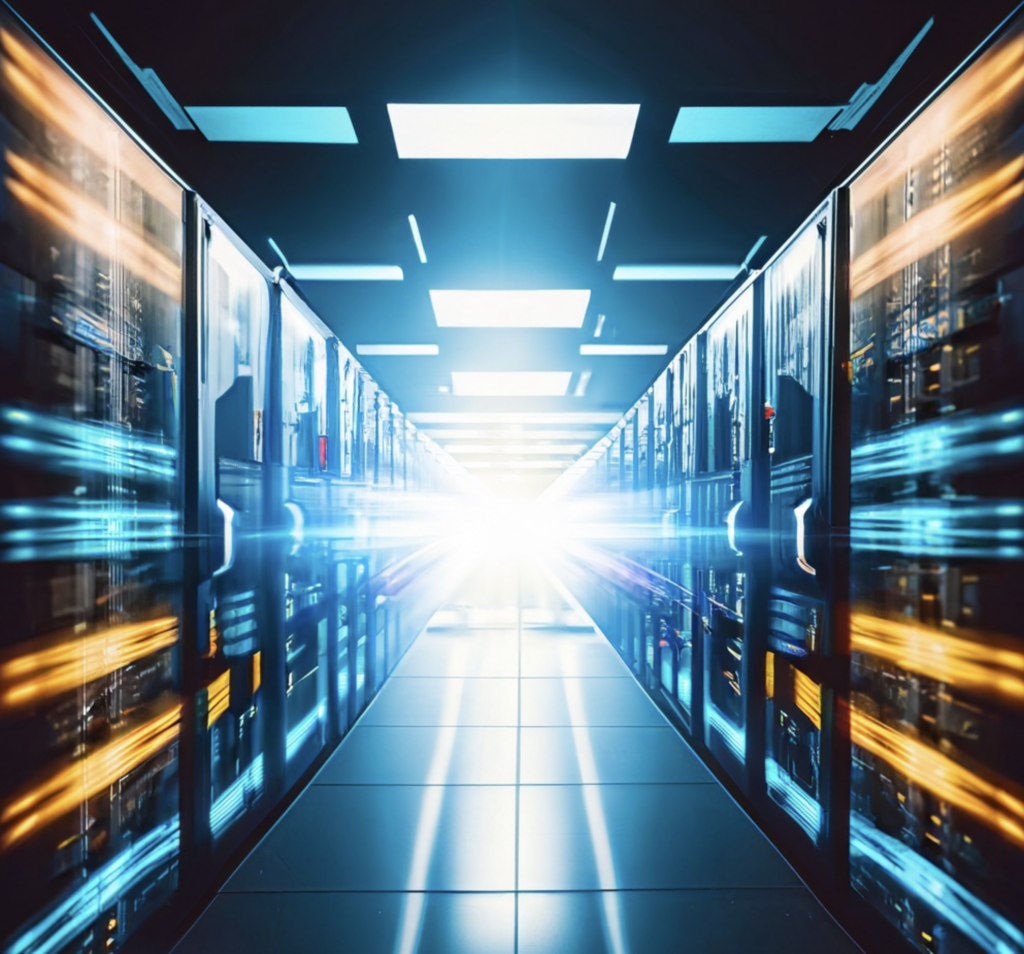The backbone of our digital age relies on a complex web of infrastructure. At the heart of this ecosystem are fiber-optic cables, the key components of data transmission. When it comes to choosing the right type of fiber-optic infrastructure for your business, you may come across two terms: Dark Fiber and Lit Fiber. Understanding the differences between Dark Fiber and Lit Fiber options is crucial for optimizing your network performance.
First off, What is Fiber-Optic Cable?
Fiber-Optic cables use thin strands of glass or plastic to transmit data as pulses of light. Compared to traditional copper cables, fiber optics offer significantly higher data transfer speeds and bandwidth, making them the preferred choice for modern data centers and digital data transmition.
Lit Fiber: Shedding Light on the Basics
Lit Fiber, as the name suggests, refers to fiber-optic cables that are “lit up” or actively in use by a service provider. When you opt for Lit Fiber, you’re essentially leasing bandwidth from a provider who manages and maintains the entire network infrastructure, including the optical equipment at both ends. This is akin to leasing a car – you get access to a fully functional service without the headache of maintenance.
Benefits of Lit Fiber:
- Managed Service: Service providers take care of the network’s upkeep, ensuring optimal performance and minimal downtime.
- Scalability: It’s easier to scale your bandwidth up or down as your business needs change, often with a simple phone call to your service provider.
- Reliability: Lit Fiber networks are continuously monitored and maintained, which reduces the risk of outages or performance issues.
Dark Fiber: Embracing the Unseen Potential of the Dark Side
On the other hand, Dark Fiber refers to fiber-optic cables that have been laid but are not actively in use. When you invest in Dark Fiber, you’re essentially purchasing the raw infrastructure – the “dark” or unlit strands. This gives you full control over how you use the network, making it akin to owning your own car and driving it according to your needs.
Benefits of Dark Fiber:
- Complete Control: With Dark Fiber, you have the freedom to configure and manage your network according to your specific requirements.
- Security: Since you have exclusive access to the network, it can enhance data security and protect sensitive information.
- Cost-Efficiency: Over the long term, Dark Fiber can be more cost-effective, especially if your data needs are consistently high and predictable.
Choosing the Right Option:
The choice between Dark Fiber and Lit Fiber depends on your organization’s unique needs and resources. For businesses with fluctuating bandwidth requirements and limited IT resources, Lit Fiber offers a convenient, hassle-free solution. Conversely, organizations that require maximum control, security, and cost efficiency may find Dark Fiber to be the better choice.
In conclusion, the differences between Dark Fiber and Lit Fiber lies in the level of control and management you desire for your network infrastructure. Each option has its own set of advantages, and the right choice depends on your organization’s specific requirements and long-term goals.
Whether you opt for the convenience of Lit Fiber or the control of Dark Fiber, the key is to partner with a reliable data center company that can provide the solution tailored to your needs.

